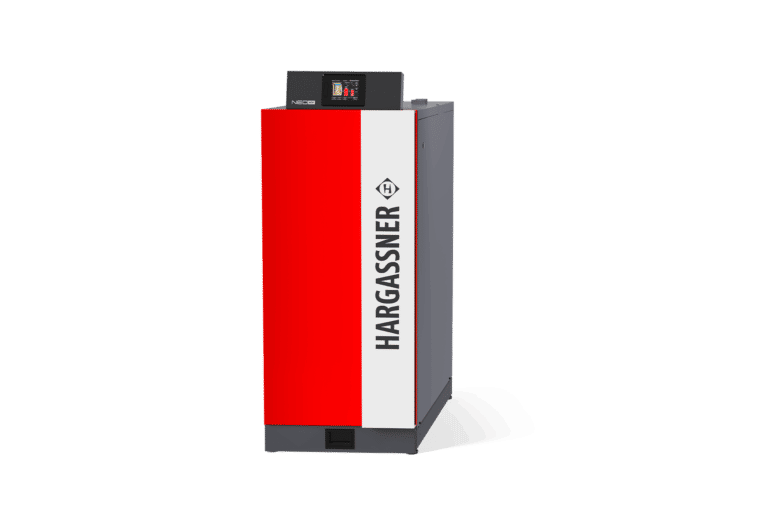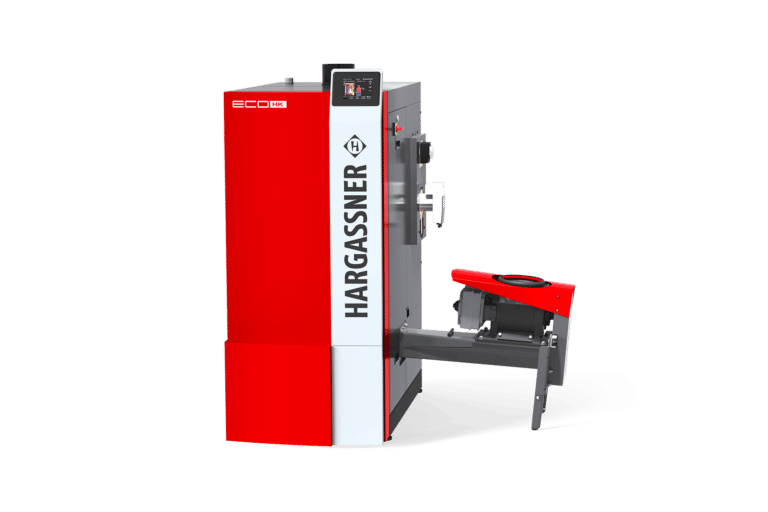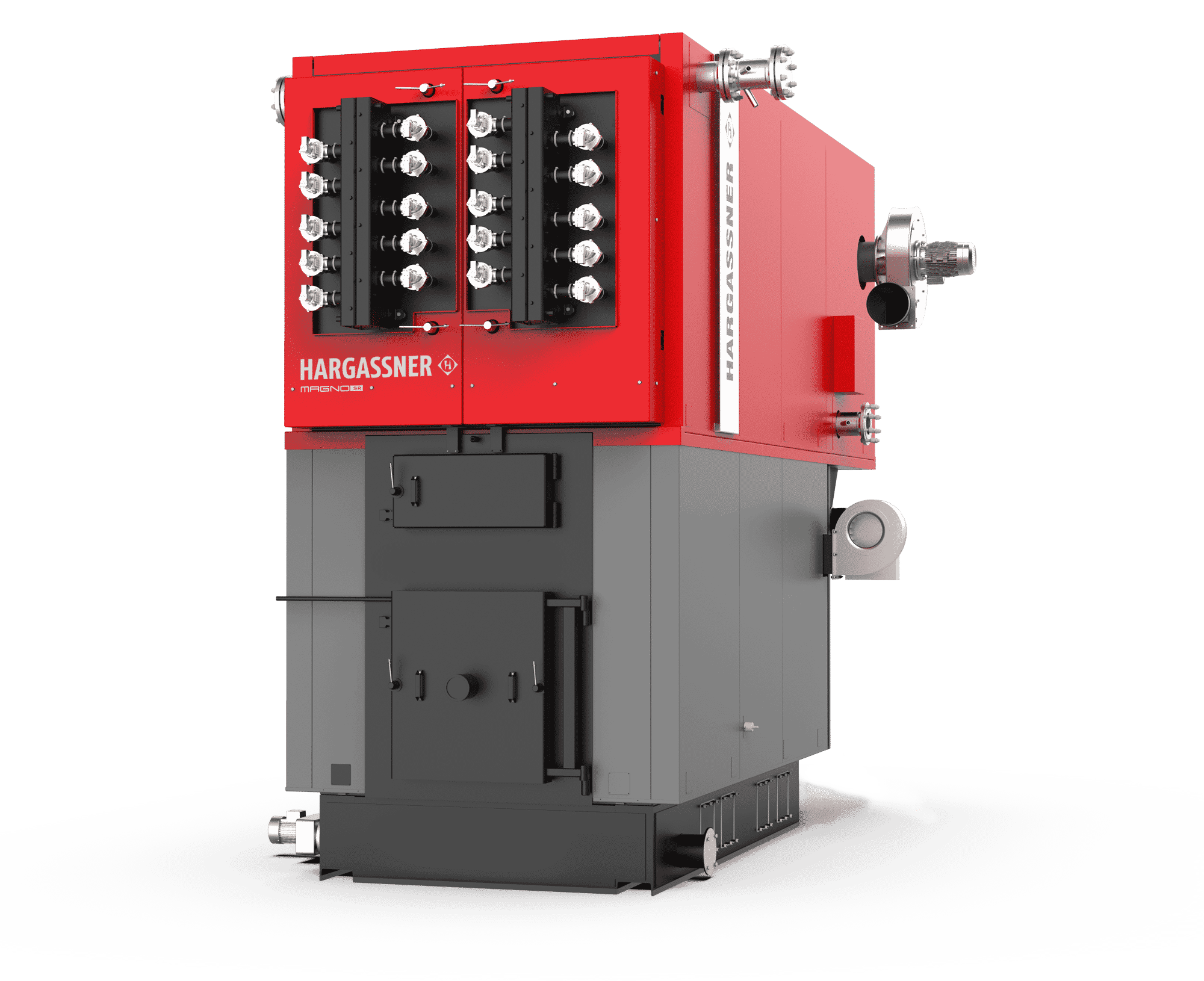For some time now, no stone has been left unturned. The media presents us with new fears every day. People don’t know, whether pandemic, war, climate change or the next winter are the greater threats.
Representatives of the people and also EU institutions tend to make one-sided statements, populist actionism, and in the rush to pass laws and directives, that have not been thought through – especially on the topic of „climate protection“. Incorrect and inadequate information aggravates these fears and enables wrong decisions.
Therefore, we offer you answers to some burning questions on the topic of „Sustainable heating with biomass“ below.

Hargassner is 100% committed to sustainable and sensible forest management within the scope of its possibilities – aware of its own responsibility for the future of our environment, our customers, employees, business partners, our company and for the children of the next generations.
Our vision is to support the energy transition with our heating technology, as an important component for the sustainable use of biomass.
What is Red III?
Red III is a guideline of the European Commission for the use of renewable energies, which also concerns wood.
In order to protect forests throughout Europe from future overexploitation, the simplified idea of Red III is that only as much wood energy may be subsidized by the state as was removed from the forest on average per country in the last five years.
This makes sense in countries where forests are being cut without rules. However, in countries where strict national forestry laws have controlled logging for generations – such as in Austria and Germany – it creates uncertainty and hinders the sensible expansion of sustainable energy from biomass and, ultimately, climate protection.

Top 10 most asked questions by our customers
Choosing the right path
This is determined by the consumers when they choose sustainable biomass heating systems such as modern, automatic wood-fired central heating systems.
In doing so, they move demand away from nuclear and fossil fuels and strengthen sustainable sources.
It is not a matter of “either or”, but rather…
…it’s a necessity to use ALL sustainable energy sources –
from biomass to solar – to offer people a future.

Wood is among the most important domestic renewable energy sources and already replaces millions of tons of fossil CO₂.
For example, in 2019, wood fuels provided an emissions avoidance of 8.6 million tons of CO₂ in Austria alone. (2) The convenience fuel “pellets” uses wood residues. In comparison, the primary energy requirement for the production of pellets or wood chips is 2.7% in relation to the heating value. By comparison, it is 12 % for heating oil and 10 % for natural gas.
Modern boilers achieve the highest efficiencies and operate so cleanly that they again easily fall short of the strict air pollution control regulations.
(2) Source: Bioenergy. Basic data 2021. Austria. Biomass Association. P. 11,Modern boilers achieve the highest efficiencies and operate so cleanly that they again easily fall short of the strict air pollution control regulations.
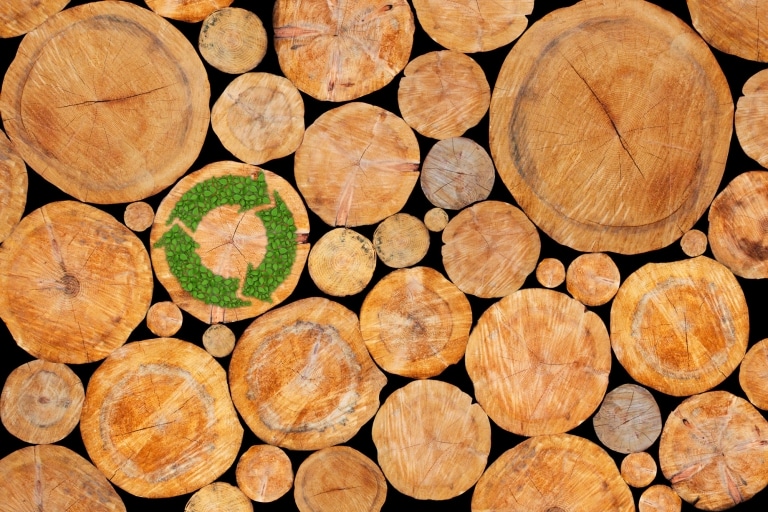
Wood is still one of the cheapest fuels and is currently attractively subsidized.
Biomass heating technology achieves the best efficiencies, and there is security of supply with this domestic fuel. It can also be ideally combined with solar thermal energy.
Sophisticated, automated boilers with the highest level of comfort and the latest technology are used. They are ideal for use in renovation, as they can also realize high temperatures of up to 80° C.

Choosing sustainability
Wood grows back.
If you take less or the same amount from the forest as grows back, the energy is not only renewable, but also CO₂-neutral.
Domestic supply means short transportation. Production has the lowest possible impact on the environment.
Targeted forest management enables maximum CO₂ absorption by the forest. Over-aged trees and thinning material are removed from the forest, resulting in light-flooded forests with high photosynthesis activity and CO₂ binding.

Most of the wood removed from the forest is used “materially” – e.g. in house or furniture construction. This stores CO₂ over a longer period of time. Only a small proportion is “thermally” utilized (e.g., damaged or residual wood) .
If no more wood is removed from the forest than grows back – and currently more grows back in Austria and Germany than is used – then there is CO₂ neutrality. CO₂ that is currently released is always bound again by the increment.
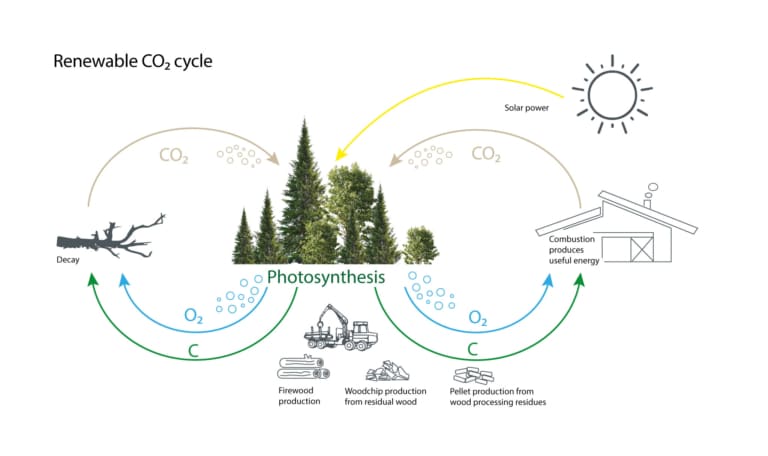
Modern wood-fired central heating systems use a completely different technology than outdated stoves and single-room furnaces.
These fully automated heaters burn at very high temperatures and are lambda-controlled with a targeted air supply. Many models have electrostatic fine dust collectors that clean the exhaust gases to such an extent that it is almost impossible to detect particles when measuring them. These boilers easily fall below all fine dust limits set by the EU or national guideline values.
For example, all wood-fired central heating systems are responsible for only 0.7% of particulate matter emissions in Germany and only 3.6% in Austria. (4)
(4) Source: Bioenergy. Basic data 2021. Austria. Biomass Association. P. 32
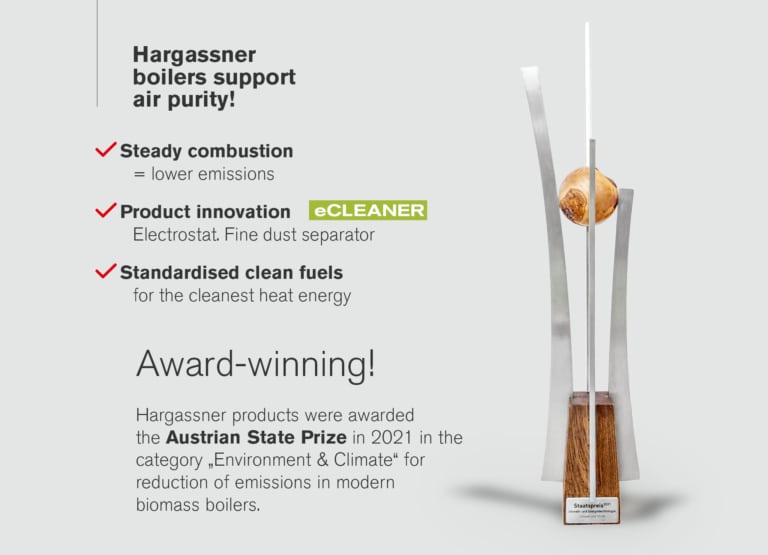
A choice for a secure future
No, 29 million m³ of wood grows in Austria every year, of which 26 million m³ is used.(5)
However, global uncertainty has led to early demand and hoarding purchases in 2022. War cancellations have also caused shortages in parts of the European market. Producers, e.g. for pellets, have adjusted to these distortions and increased production, but they can only deliver continuously, resulting in waiting times or partial deliveries.
In Austria, pellet production in 2023 will be about 2 million tonnes with domestic consumption of about 1.4 million tonnes. (6) At the end of 2022, eleven additional new pelleting plants are under construction. The security of supply with wood or pellets is much more secure than with natural gas, oil or electricity.
(5) Source: Das pellet Magazin. Autumn/winter 2022. p. 14 (Source in german only)
(6) Source: proPellets Austria, May 2022. Apa Grafik on demand. www.propellets.at/grafiken
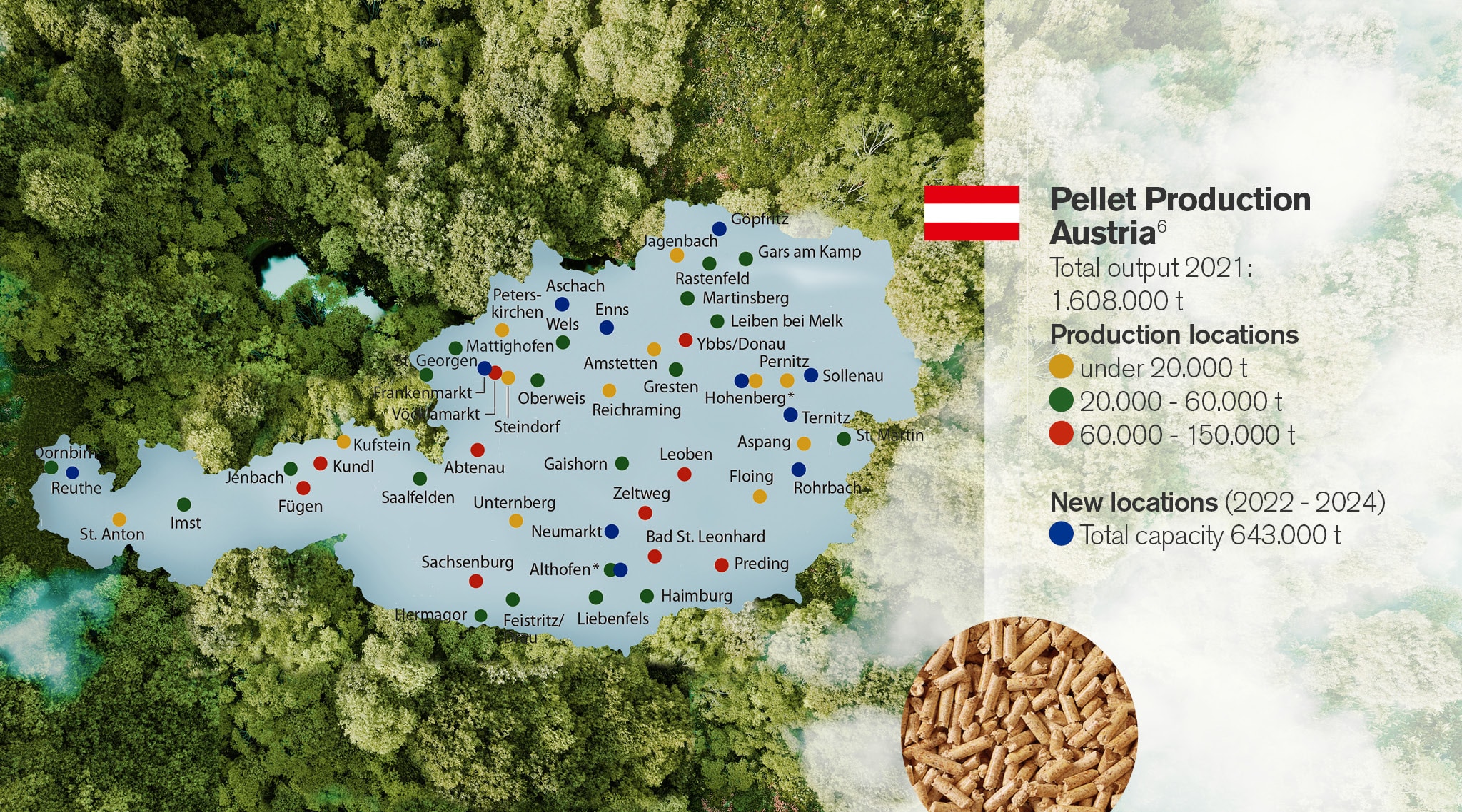
The distortions in demand, general price increases in production and war effects on the gas supply have – as with all other fuels – caused pellet prices to rise very sharply.
HOWEVER, they are still the cheapest comfort fuel with which to heat. In short: it is cheaper to heat with pellets than with electricity, natural gas, oil or with electric-air heat pumps.
With the increase in production, prices will also normalise downwards again and wood, wood chips and pellets will also extend their price advantage again in the long term.
(8) Source: Österreichischer Kurier 8.10.22. Current price information from the energy associations. The prices shown are indicative values as of mid-October 2022. Please note that fuel prices are subject to ongoing fluctuations. For current information, please consult the information platforms of the energy providers and associations in your country. ( This source was translated from its original german form into the current english variant ).
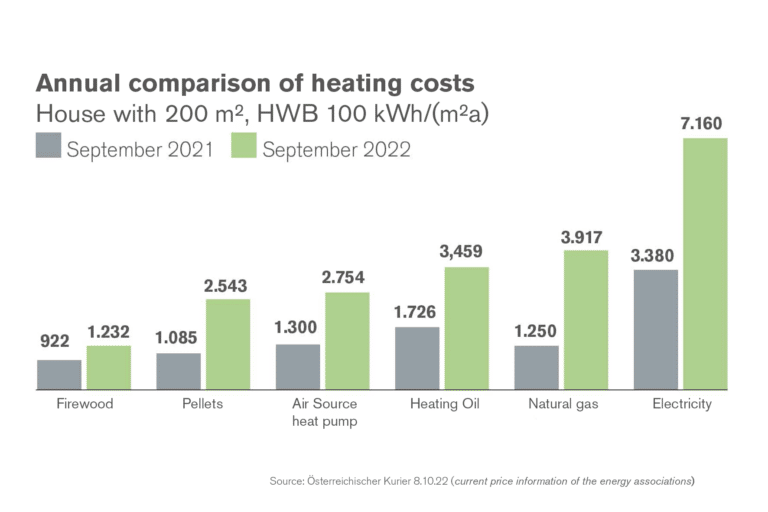
Choosing the right partner
Hargassner is a full-range supplier not only of automated, highly comfortable wood-fired central heating systems and their accessories, but also of nationwide sales, customer service and maintenance.
A network of first-class partner companies is available to the customer.
For almost 40 years, Hargassner has been developing state-of-the-art heating technology for the future, so that buyers of Hargassner boilers can be sure to have a reliable partner with products of the highest quality and first-class service in the future as well.
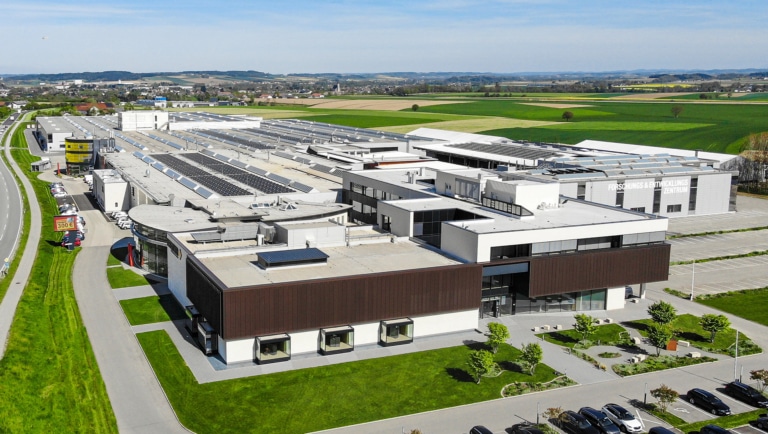
A solar thermal system and a modern biomass heating system from Hargassner make a perfect environmentally friendly and 100 % CO₂-neutral heating combination. Especially now, solar collectors are a sought-after addition for hot water preparation and heating support in the transitional period. Thus, up to 25 % of heating costs can be saved.
By the way: solar collectors are significantly more efficient for heat generation than photovoltaic systems. Thanks to the coordinated Hargassner control concept, the energy generation of solar and biomass is perfectly matched to each other.
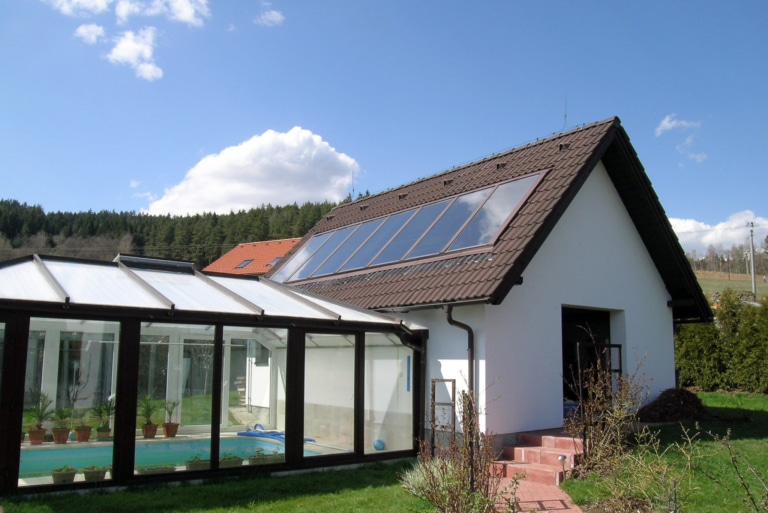
Our contribution towards the right path in the energy transition

Hargassner – Your specialist for sustainable pellet, wood log, wood chip and solar thermal heating systems.
Hargassner’s complete range includes pellet, wood chip, log and combi boilers, solar collectors, accumulator tanks, industrial boilers up to 2.5 MW, fixed & ready-to-use heating modules, refuelling systems, room extractions, storage solutions (tanks, etc.), Powerbox warm air module and hydraulic accessories.


